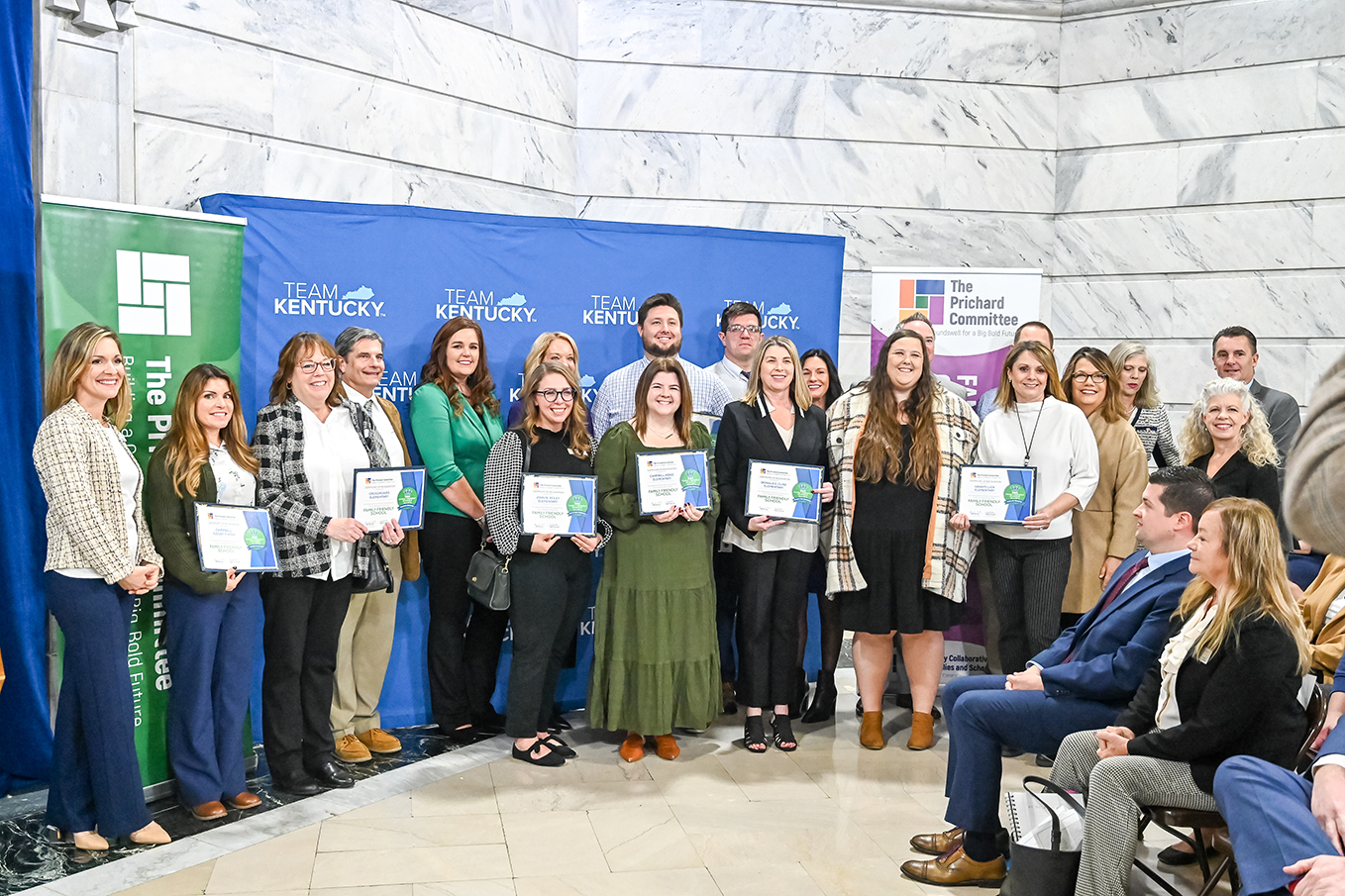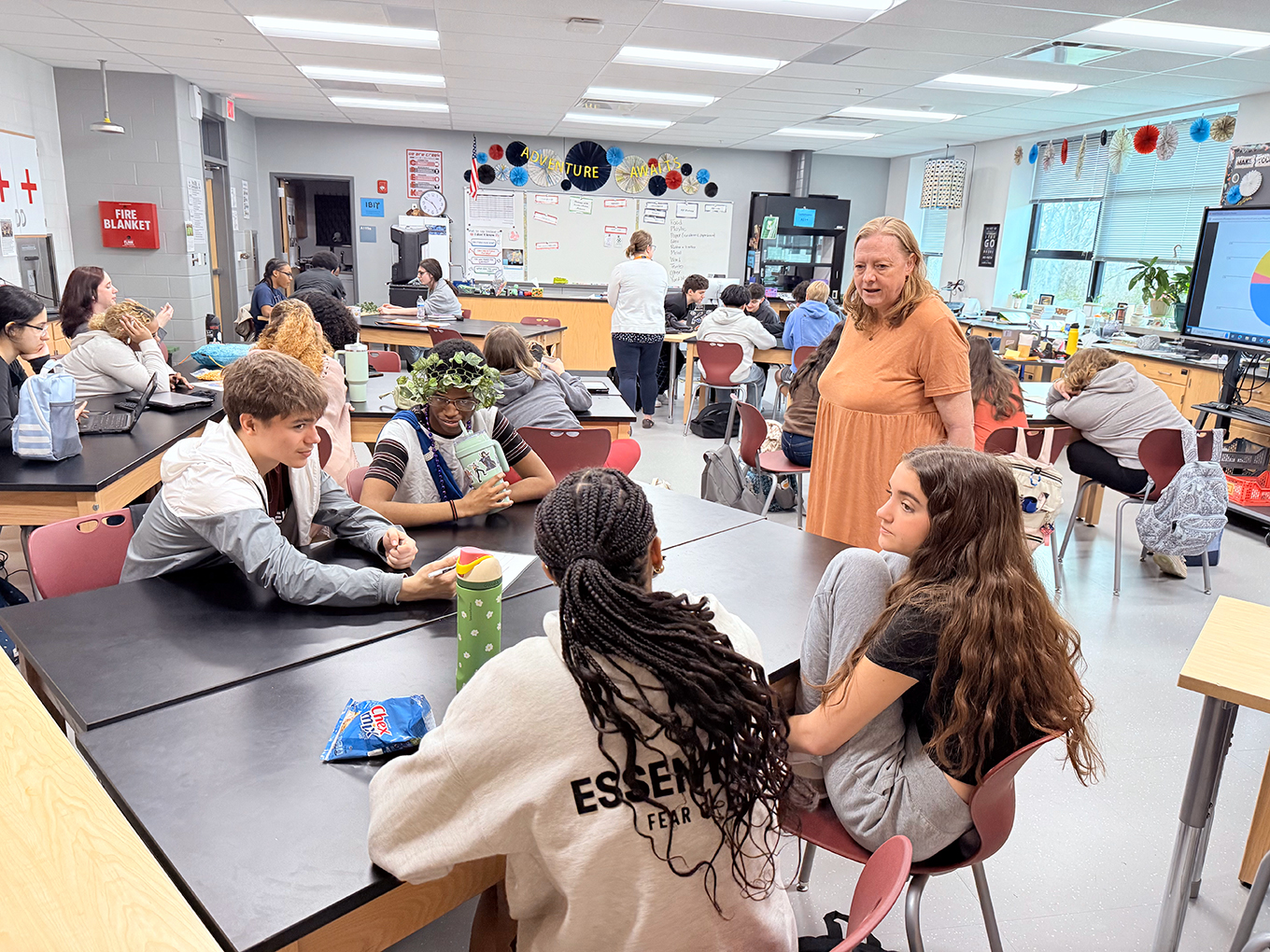
David Cook
“I sure am looking forward to when we get back to normal!” is the refrain I hear from many educators. But I think the better question is why do we want to get back to normal?
Normal was an antiquated system created in the 19th century (by the Committee of Ten in 1892) and designed to serve the system, not the students. It’s a system that sought to measure all children as if they were the same.
Normal was a system that measured equity based on the moving target of outcomes, even though the recent COViD-19 crisis and many years of struggle to reduce achievement gaps has showed us that inequity starts at the social-emotional and support level. The inequity is created before the child even enters the classroom.
Normal was a system that encouraged us to believe that learning only takes place at a building with rooms, hallways and desks.
What if we could look beyond yesterday and see something different? What if the challenge presented by this crisis is our greatest opportunity to transform yesterday’s education system into a real student-centered learning system that creates personalized learning opportunities based on each child’s strengths and interests?
We can create a different normal, a better one.
The COVID-19 crisis is teaching us that at the core, achievement gaps begin because of gaps in the level of access, internet connectivity and social-emotional supports kids are receiving. In a different normal, maybe we could better close achievement gaps if we first focus on those needs.
What other valuable lessons have we learned from this remote learning experience so far:
- Relationships are just as, or possibly more, important than specifically what work is assigned;
- Students with basic obstacles to doing remote learning will struggle no matter what assignments are given;
- Teachers face as much of a challenge to learn new approaches as students and deserve more support;
- The culture of test preparation is pervasive. It’s a culture that puts the instructional attention on simply preparing for the state assessment rather than authentic and varied learning activities and assessments aligned to standards. This culture is one of the biggest hindrances to creating a different normal;
- Instruction should be of high quality rather than of high quantity. “Less is actually more” when the activities are meaningful, substantive and aligned to the content, skills and dispositions students need; and
- We have a window of opportunity to respond in meaningful ways to what teachers, students and parents are telling us matters to learning.
So how do we create a different normal without reinventing the wheel?
First, we must accept that our purpose is to educate all children using every method of delivery at our disposal. This doesn’t mean that we abandon the face-to-face instruction approach at a school. It does, however, mean that we stop treating remote learning as an inferior instructional approach.
In Kentucky, we hope to use federal Coronavirus Aide, Relief and Economic Security Act funding to create access and connectivity for all students. As each state creates its own remote learning policy (i.e. Kentucky’s Non-Traditional Instruction Program), we will never have to close schools again and we could eliminate most individual student absences. Learning can and would continue in most school closures.
Second, we must use this opportunity to adequately prepare both pre-service and current teachers with the knowledge and training to facilitate learning in a new environment. We also must ensure that every student has a profile (not just students with disabilities, English learners and gifted students) that identifies their social/behavioral/learning challenges. These profiles must be the foundation for how students are assigned to their best learning environment.
Third, we must align curriculum standards, instructional approaches and assessment/accountability systems. We are facing head-on now what we probably already knew: it is almost impossible for teachers to ensure full coverage of content standards to make sure students are prepared for high stakes testing while meeting the needs of all children. Many students were invisible in the regular classroom and many different students are invisible in remote learning.
Fourth, we must re-think “transition readiness.” We know that we are preparing our students for jobs than don’t exist yet, so our high school curriculums must be adaptable and fluid to provide better opportunities to build learning skills based on rigorous content, not standardized content.
Most importantly, we must use this opportunity to completely reframe the conversation surrounding equity. Our current practice of making it about outcomes is polarizing. We will never achieve true equity by focusing on how to fix outcomes. That’s like starting a book about equity on the third chapter. We skipped chapter 1 about social-emotional supports and chapter 2 on equity-based instructional practices. Let’s begin at the core of our issues and work from there.
Let’s make this crisis mean something positive for our teachers and students. Let’s create a different normal not just here at home, but across the country. We have turned to a fresh, blank page. Let’s write a better story that not only promises, but also delivers, a different learning paradigm that serves everyone.
It is time to leave an outdated system in the past. Our kids deserve their future. We hold the pen to help them write it. Let’s get busy.
David Cook is the director of innovation for the Kentucky Department of Education.




Leave A Comment